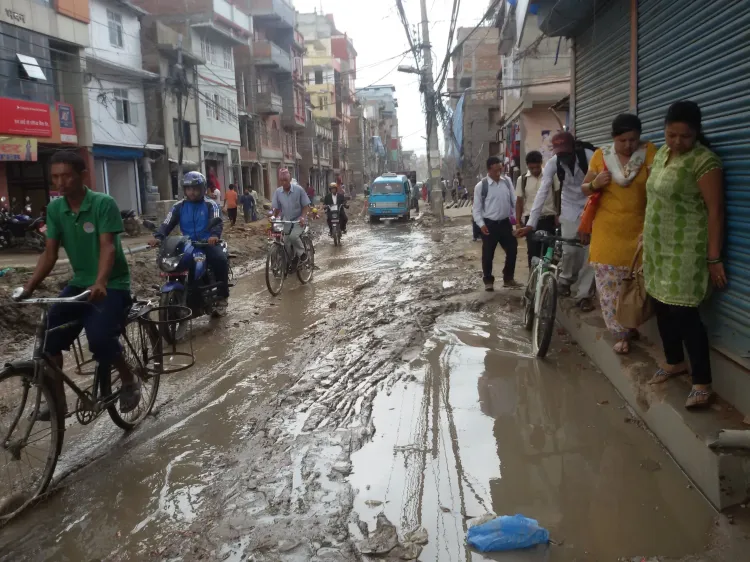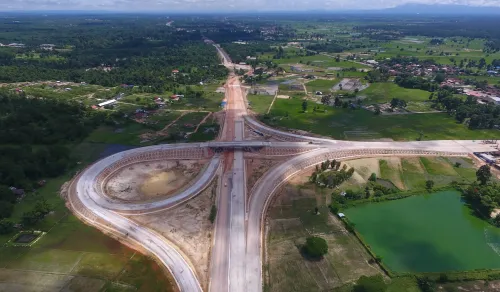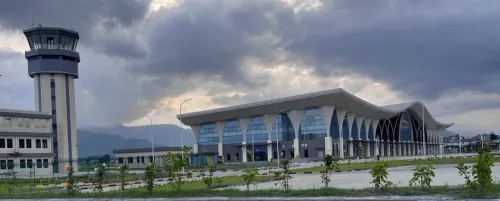Why Has Nepal Imposed a Three-Day Ban on Vehicles in Kathmandu?

Synopsis
Key Takeaways
- Three-day vehicular ban in Kathmandu Valley due to heavy rainfall.
- Ban effective from Saturday to Monday.
- Travel restrictions apply to five provinces.
- Local authorities urged to enforce the ban.
- Ongoing landslide risks necessitate caution.
Kathmandu, Oct 4 (NationPress) The government of Nepal has enforced a three-day prohibition on vehicle movement in and out of the Kathmandu Valley, commencing this Saturday. This decision is a response to the hazards posed by relentless rainfall and landslides.
In an announcement made on Saturday, the National Disaster Risk Reduction and Management Authority (NDRRMA), under the Home Ministry, declared that vehicular traffic to and from the Kathmandu Valley will be suspended over the weekend and into Monday.
This initiative comes as many Nepalis, who traveled to their hometowns for the Dashain (Dussehra) festival, are getting ready to head back to the capital. The festival sees a considerable temporary migration from the Kathmandu Valley to various regions of the country, with many returning post-celebration.
Moreover, travel across five of the seven provinces — Koshi, Madhesh, Bagmati, Gandaki, and Lumbini — has also been halted due to risks linked to landslides, flooding, and inundation.
The NDRRMA has called on local authorities in affected districts and security forces to enforce these movement restrictions.
According to the Metropolitan Traffic Police Division, numerous roads connecting Kathmandu to other parts of the nation, including the busy Prithvi Highway, have been obstructed by landslides. Additional highways, such as the Koshi Highway in eastern Nepal and routes linking to the Chinese border—like the Araniko Highway, Pasang Lhamu Highway, and B P Highway—have also been closed, as reported by the Nepal Police.
The Department of Hydrology and Meteorology forecasts cloudy conditions nationwide. “Moderate rainfall, along with thunder and lightning, is likely in many areas of the hilly and Terai regions in Koshi, Madhesh, Bagmati, Gandaki, and Lumbini Provinces, with some occurrences in other regions as well,” stated the department.









